Dog body language is the real conversation, and it's loud, clear, and full of personality. That is, if you know how to decode it. From a flick of the tail to the tilt of the head, your pup's whole body is saying something.
Want to know if your best friend is happy, annoyed, playful, or over it? Their body spills all the tea. Let's just say once you know what to look for, your pup's secret code isn't so secret anymore.
Why Learning Dog Body Language Matters

Understanding canine body language helps you avoid those "uh-oh" moments and build a bond tighter than your pup's grip on a squeaky toy. Dogs communicate with their ears, eyes, tails, and posture more than with sound.
If you miss the signs, you can step into something awkward or risky. Reading their body language results in fewer mixed signals and more smooth playdates. It's like speaking fluent bark without making a sound.
The Basics of Dog Body Language
Your pup's body language says more than you'd think, and you don't need to be a dog whisperer to get it. The trick is to watch the whole body, not just one part. One signal alone doesn't tell the full story. But when you notice how their tail, eyes, mouth, and posture work together, you'll start picking up on what they're trying to say real fast.
Eyes, Ears, Tail, and Posture – What They Tell You
Your dog's face and body are basically their group chat, and luckily, you're invited. Here's what you need to know:
- Eyes. Wide eyes with the whites showing is what you call the "whale eye." This means your dog is uneasy. Soft and squinty, on the other hand, points to a chill pooch.
- Ears. Ears forward show interest. Ears back could indicate nervousness or uncertainty.
- Tail. A tail high and wagging fast means excitement. Slow movement, though, clues uncertainty. And when it's stiff, something's up.
- Posture. Loose and wiggly equals chill. Rigid and stiff? Not so chill.
Context Matters – Reading the Full Body, Not Just One Part
A swaying tail doesn't always reflect a happy pooch. Yes, dogs can wag and still feel nervous, annoyed, or unsure. That's why you have to pay attention to their whole body, not just one piece of it. Look at the full picture, from their ears to their peepers, tail, and body posture, all working together. Their body language works in combos, not solo.
Relaxed Dog Body Language: Signs Your Pup Is Happy and Comfortable
A relaxed dog moves with ease, looks soft around the face, and gives off chill vibes all around. You'll often spot these signs during downtime, playtime, or while they're soaking up belly rubs. Here are some easy-to-spot clues your bestie is happy and comfortable:
- Loose, Wagging Tail. Moves side to side in big, easy sweeps.
- Soft Eyes. No tension, no wide stare. Just mellow, gentle looks.
- Relaxed Ears. Not pulled backward or stiff. Just resting in a natural position.
- Play Bow. Chest down, butt up. It's a loud and clear invite to play.
- Open Mouth. Slightly open with a floppy tongue, like a casual doggy grin.
- Loose Body. Wiggly movements, no stiffness. Think noodle, not statue.
Loose Tail Wags, Soft Eyes, and Playful Movements
A happy dog isn't shy about showing it. A loose tail wag is one of the biggest giveaways. It's relaxed, wide, and often comes with a wiggly butt.
Pair that with a soft gaze—no hard stare and no wide whites—and you've got a pup in a great mood. Add in bouncy, playful movements like the classic play bow, and you know your dog's having a blast.
Common Situations Where You'll See Relaxed Behavior
You'll catch relaxed behavior when your pup feels comfy, safe, and straight-up content. These moments can mean your dog is happy and chill:
- Lounging at Home. Floppy body, head down, soft breathing.
- After Playtime. Wiggly tail, tongue out, loose posture.
- During Belly Rubs. Open mouth, ears back in a sweet way, possibly a happy sigh.
- Sunbathing. Legs stretched, eyes half-closed, soaking up the rays.
- Sniff Walks. Wagging tail, curious nose, relaxed pace.
Signs of Stress, Fear, or Anxiety in Dogs
When your pup feels off, they'll throw out little red flags. Watch for these body language signals that might mean your dog is feeling nervous or unsure:
- Lip Licking. Quick tongue flicks with no food in sight could mean agitation.
- Yawning. If they're not sleepy, that yawn may signal discomfort or stress.
- Looking Away. Turning their head or avoiding eye contact can be a big "no thanks."
- Tucked Tail. Curled tight under the body screams unease.
- Ears Pulled Back. Flattened ears often show your pup feels worried or unsure.
- Cowering. A hunched or low stance usually signals fear or nervous vibes.
Lip Licking, Yawning, and Avoidance Behaviors
Lip licking with no snack in sight is not a hunger cue but a sign of upset or worry. The same goes for constant yawning when they're wide awake. It's the dog version of saying, "I'm not cool with this." And if your pet keeps looking away, they're definitely not feeling the vibe.
Tucked Tail, Cowering, and Ears Pulled Back
When your pup's body posture shrinks, it's a big clue they're not feeling safe. A tucked tail wrapped tight against the belly says, "I'm not okay." Add in cowering—low to the ground, trying to disappear—and it's clear your dog wants out of the situation. Don't miss those ears pulled back flat against the head. That combo of signs usually means your pooch is feeling worried or small.
Aggressive or Defensive Dog Body Language
Dogs' body language can quickly switch when they feel threatened or need space. You'll notice signs like a tight, still body, intense staring, and a rigid tail. These are clear warnings. Learn to spot these moves fast so you can keep everyone safe, including your pup.
Stiff Posture, Growling, and Direct Staring
Dogs' bodies get stiff when things turn serious. You'll sense some tight muscles and focused energy. That's your sign to slow down. If your pet is growling, they're warning you loud and clear. Add direct staring—locked eyes with no blink—and you've got a pup saying, "Back off."
These signs don't always mean attack mode, but they do communicate that your pup wants space. Respect those signals before the situation heats up.
Raised Hackles and a Fixed Gaze – What It Could Mean
It's a red flag when those hackles pop up like a mohawk. That line of fur standing tall along their back or neck means your dog's feeling tense or on edge. Pair those hackles with a fixed gaze, and you've got a serious situation.
This combo means your pup's in defense mode, unsure of what's next. Time to pause, read the room, and give them some space.
Submissive vs. Calm Behavior – Spotting the Difference
Not every floppy pose means your pup feels chill. Some moves look relaxed but actually say, "I surrender." Here's a quick breakdown to help you tell the difference:
|
Submissive Behavior |
Calm Behavior |
|
Tail low or tucked |
Tail relaxed and gently wagging |
|
Avoiding eye contact |
Soft gaze or gentle look |
|
Ears pulled way back |
Ears in a natural, neutral position |
|
Rolling onto back, tense body |
Lying down with loose, relaxed body |
|
Licking lips or yawning |
Open mouth or calm panting |
Rolling Over Isn’t Always an Invitation for Belly Rubs
Your pup flops on their back, belly out. Seems like a rub request, right? Not always! In canine body language, that roll can mean more than "pet me." Sometimes, rolling over is pure submission.
If your dog's body looks tense, with stiff legs or a tight mouth, they're not inviting touch. They're saying they don't want any trouble. But if they're wiggly, loose, and giving you those soft puppy dog eyes, then yes, it's belly rub time. Know the difference so you don't cross a line.
Avoiding Eye Contact and Low Body Posture
When your dog avoids your gaze and keeps their body posture low, they're possibly showing submissive signals. This kind of body language communicates that they come in peace.
You'll see this in pups who drop their heads, hunch down, and shift their eyes away. It's not fear exactly, but it's not full confidence either. They're trying to stay out of trouble or ease tension. Watch their tail, too. It's probably low or tucked while the rest of their body stays small and still.
How To Respond To Negative Dog Body Language Safely
Read your dog's body language calmly and respond with care. Start by giving your pup some space. Don't reach, stare, or push them to get over it. Respect their signals, and let them reset. Learn how to soothe their emotional state naturally.
Sometimes, a little peace and a safe spot make all the difference. Knowing how to handle these moments keeps your bond strong and your companion feeling safe.
Tips for De-Escalating Tense Situations

When your pup's body language shows they're not okay, it's time to help them chill fast. Aim for a calm vibe without making things worse.
- Calming Aggression. Keep your voice soft, your movements slow, and avoid direct eye contact. Create distance and remove anything triggering. A great helper is our CBD Calming Chews. These natural treats offer soothing support with dog-safe, vet-approved, and lab-tested ingredients.
- Easing Fear, Nervousness, and Anxiety. Give your pup a quiet, cozy space. Play calming music or use a familiar toy. Our CBD Dog Treats for Anxiety are also a gentle way to support emotional balance. The broad-spectrum CBD works naturally with dogs' bodies to promote calm and relaxation.
When To Step Back, and When To Seek Help
Sometimes, the best move is no move at all. If your pup's body language seems negative, respect it. Forcing interaction can only make things worse.
Step back if your dog shows stiffness, starts growling, and gives a hard stare. Give them room to cool down. However, if those signals happen often or get worse, it might be time to call in the pros. A trainer or veterinarian can help figure out what's going on and how to fix it safely.
Final Thoughts – Understanding Dog Body Language for a Better Relationship
Mastering dog body language turns guesswork into real connection. You'll know when your pup's feeling playful, upset, or just vibing in their zone. That means fewer mix-ups and more tail wags. The more you read their body language, the easier it gets to respond the right way. It's like learning a second language, only fuzzier and way cuter.
Want a little help calming the chaos? HolistaPet has wellness goodies that support your best friend's vibe, naturally. Happy dogs, happy homes—that's the goal.






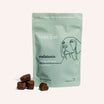
![Probiotics For Dogs [Soft Chews] - HolistaPet](http://www.holistapet.com/cdn/shop/files/Probiotic-Infographic-1_472d7a29-e30c-435a-9638-1365d8c3a9f9.jpg?v=1725384841&width=104)
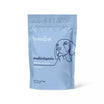



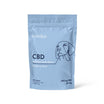
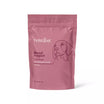
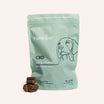

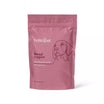
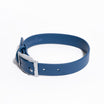
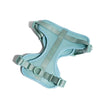
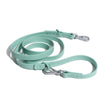
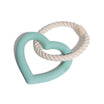
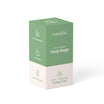
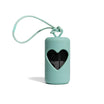


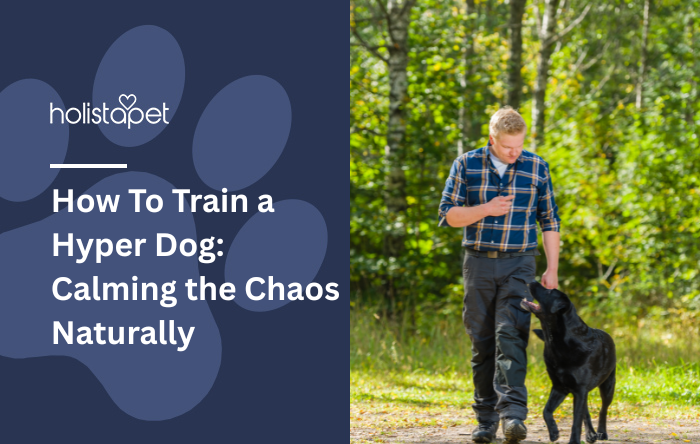
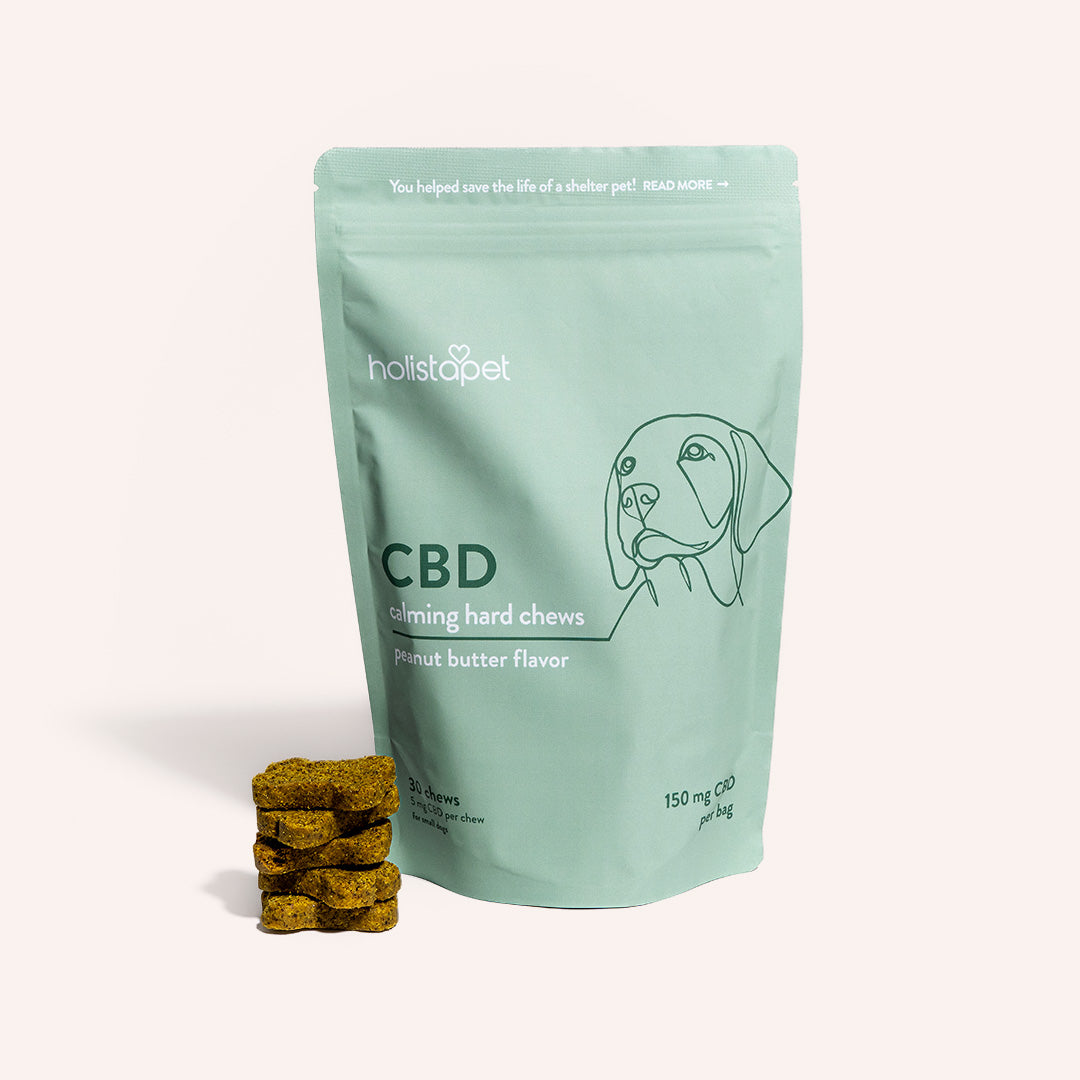
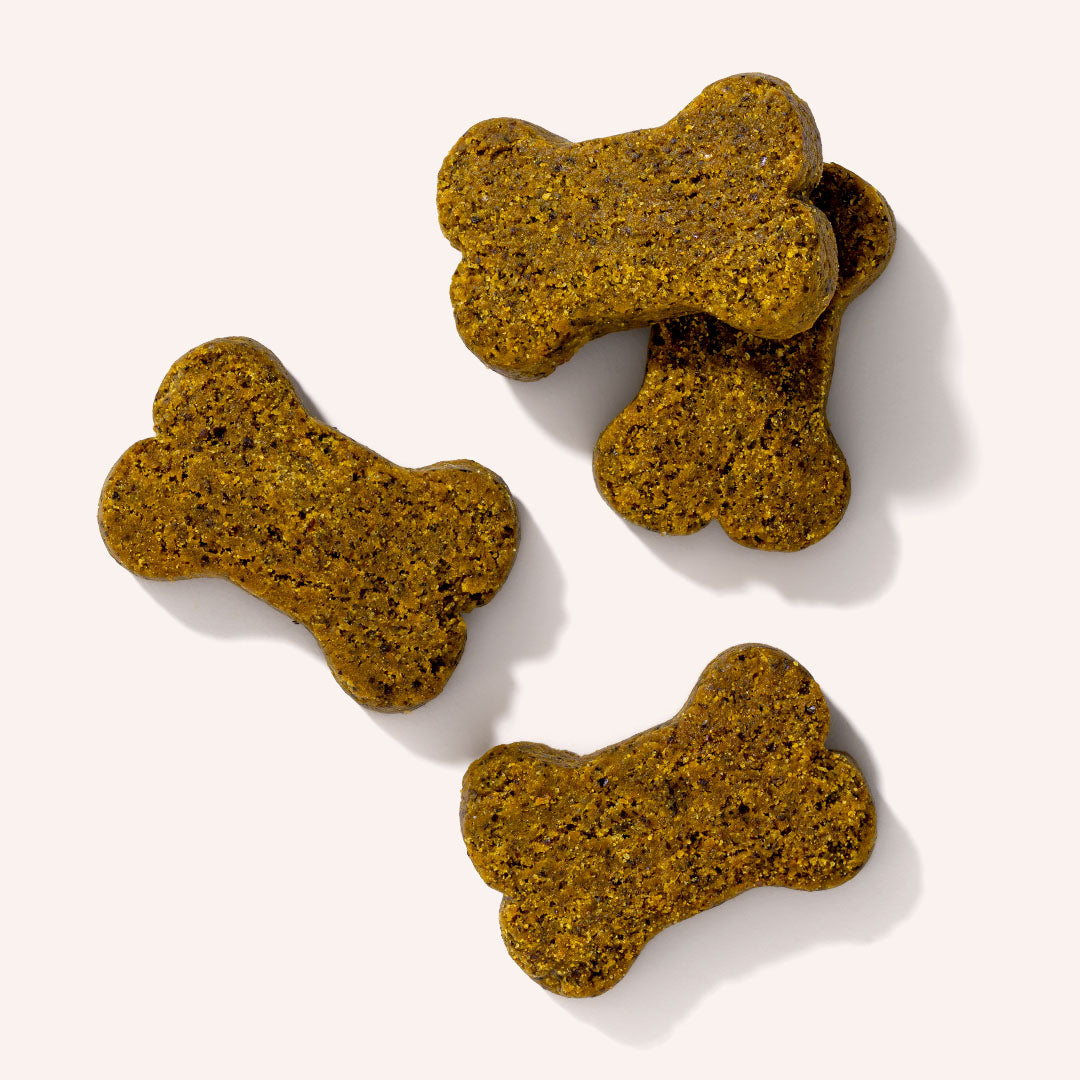
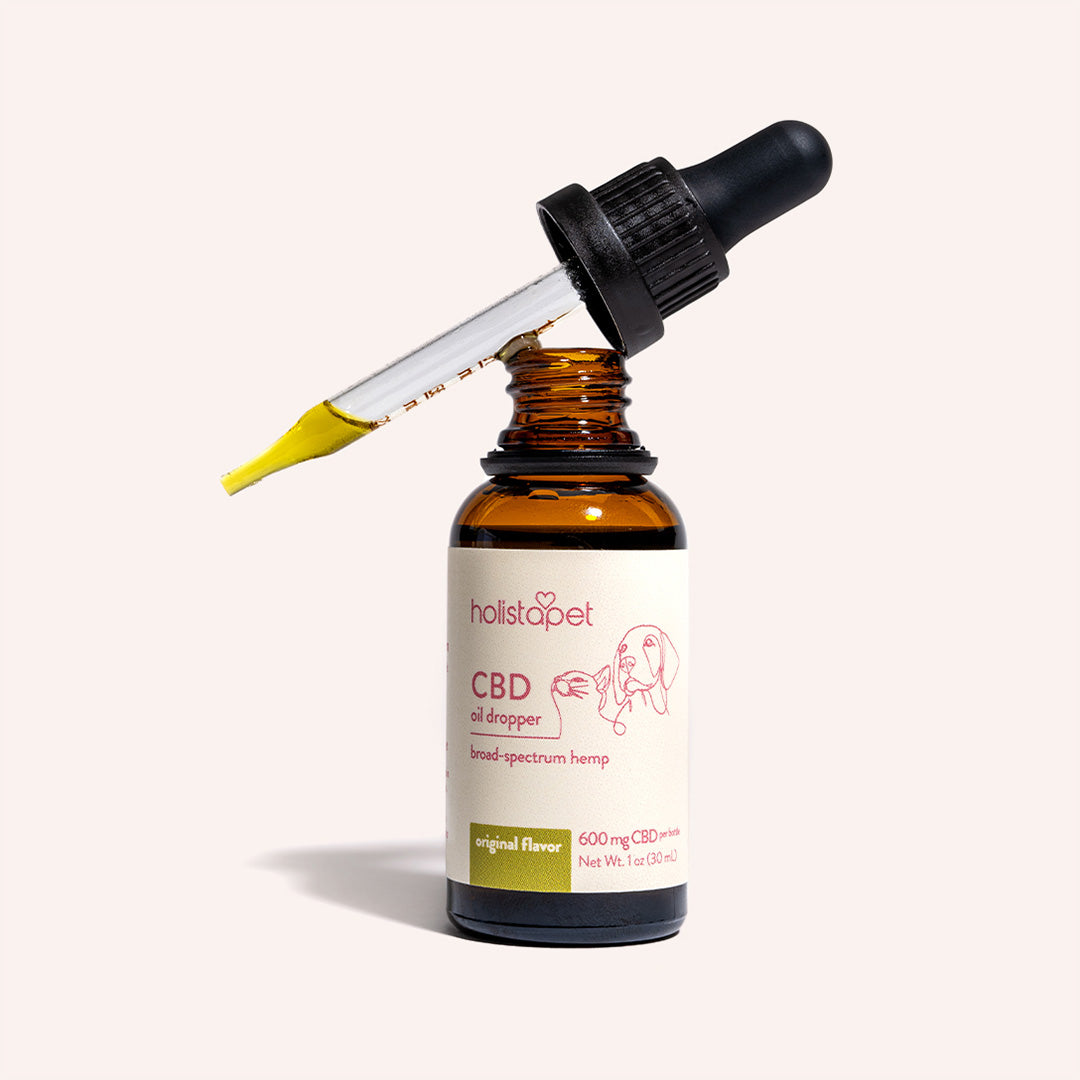
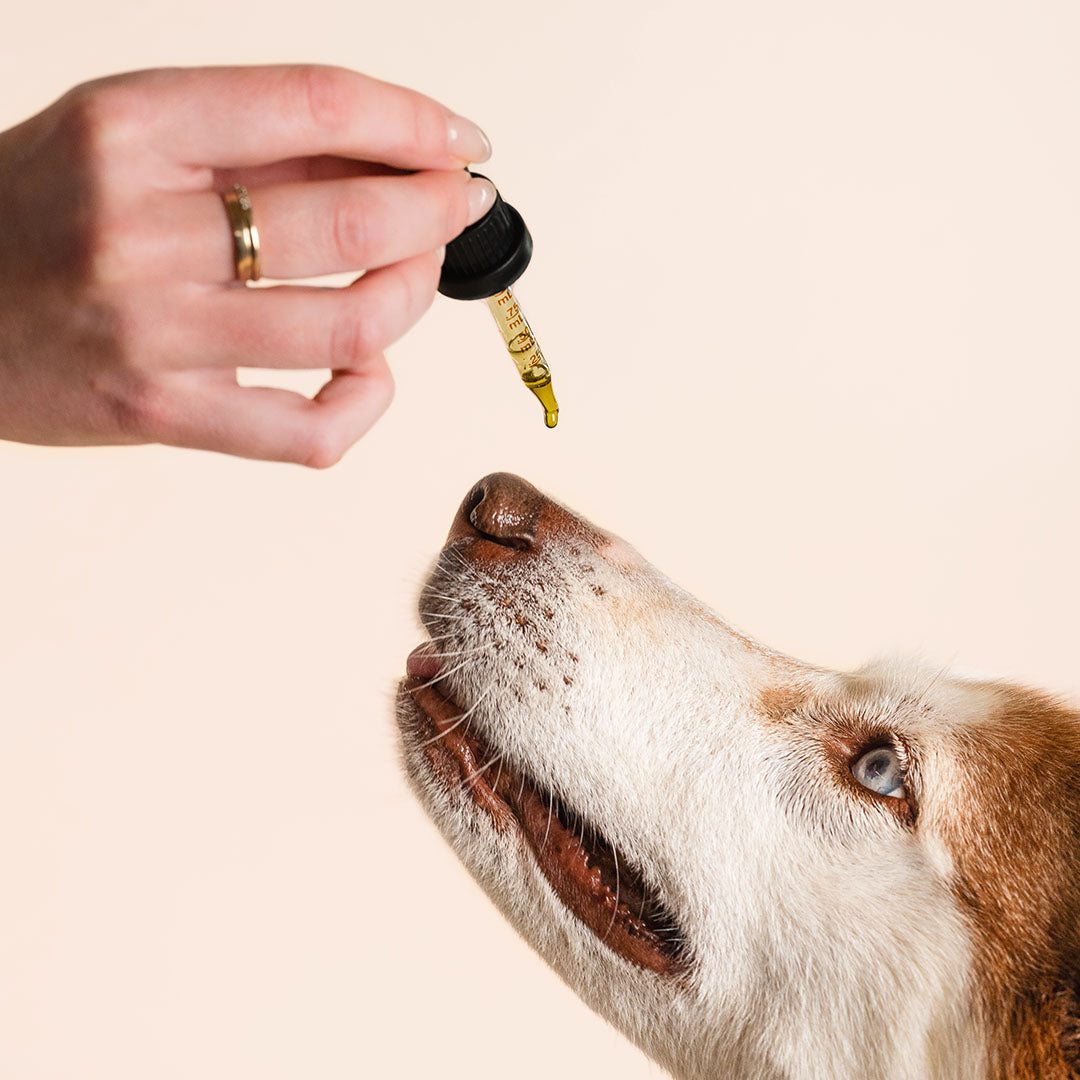
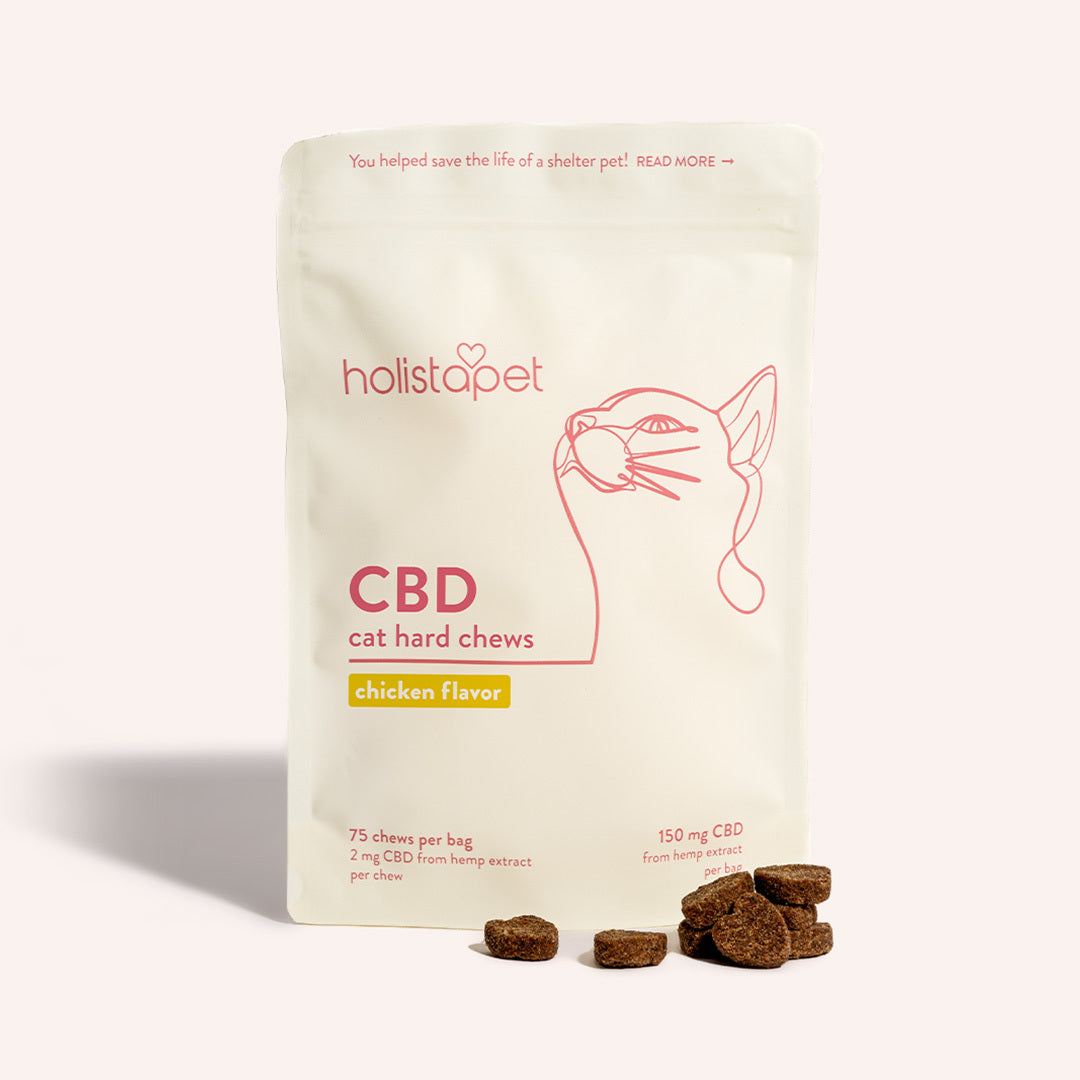

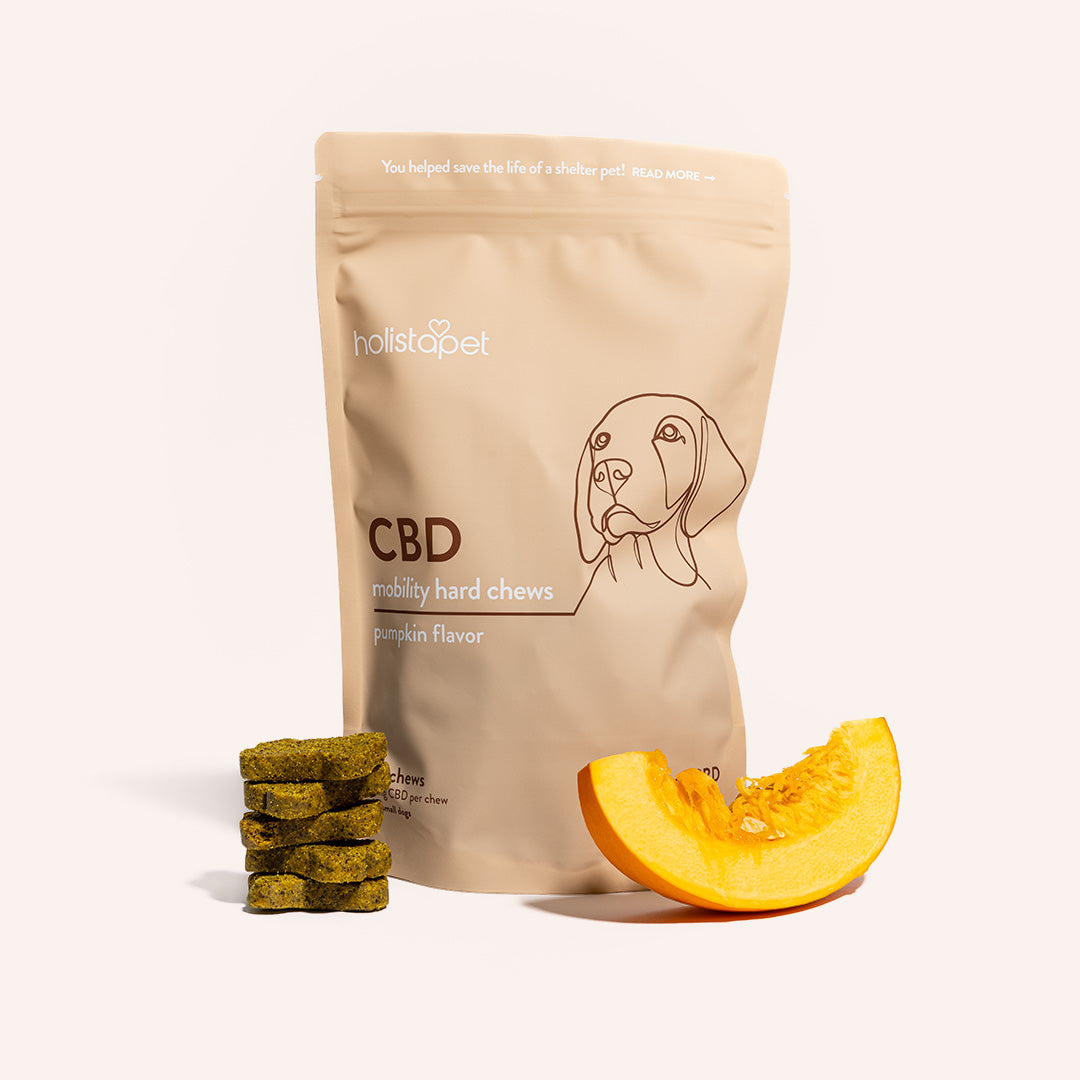
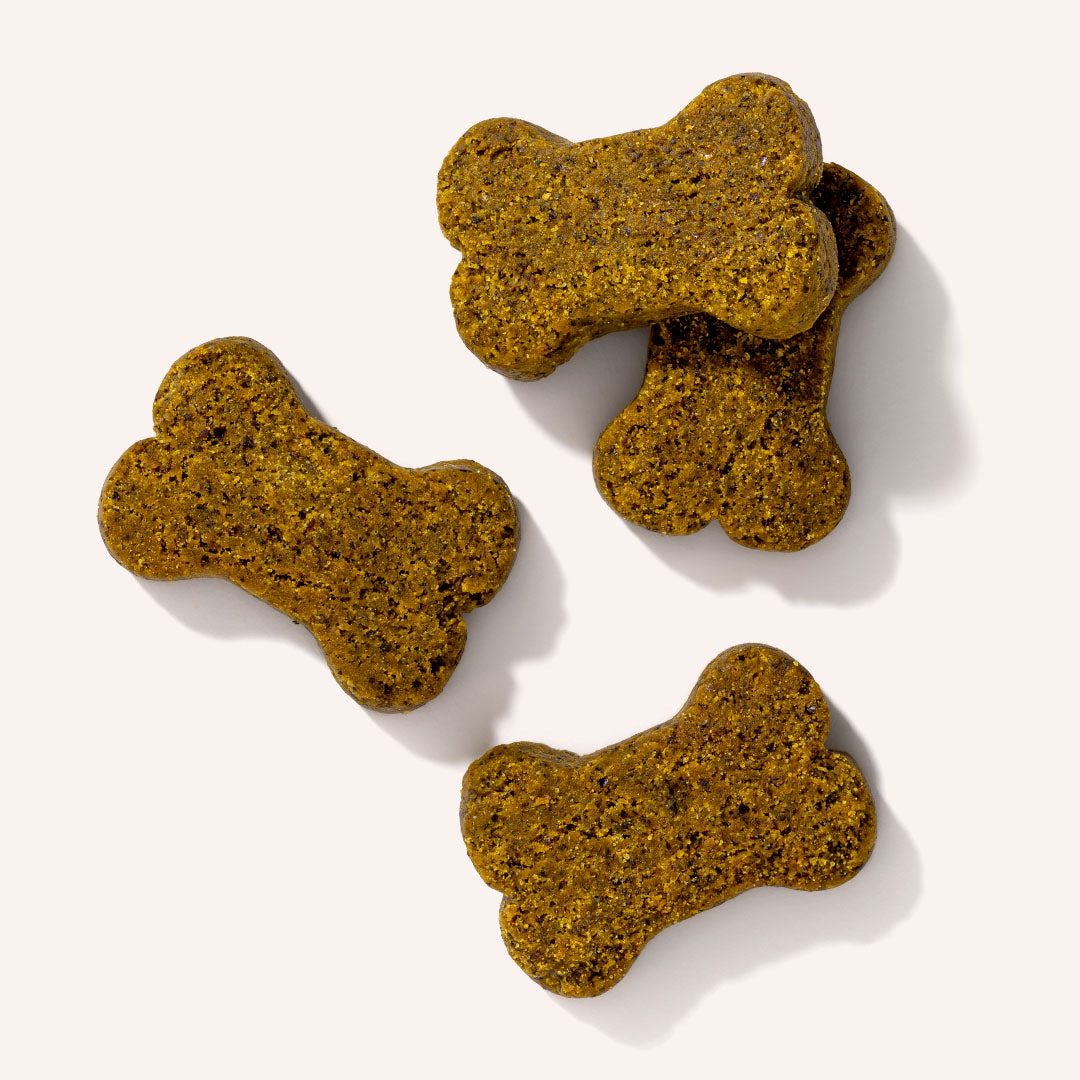

Leave a comment
All comments are moderated before being published.
This site is protected by hCaptcha and the hCaptcha Privacy Policy and Terms of Service apply.